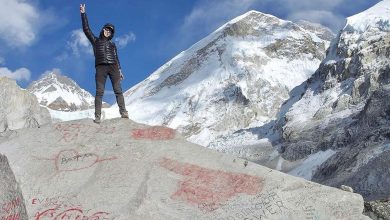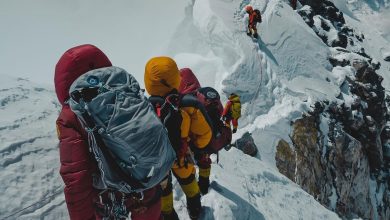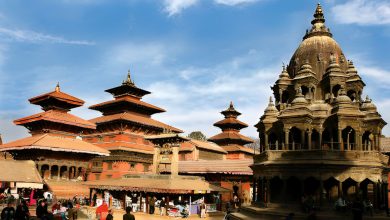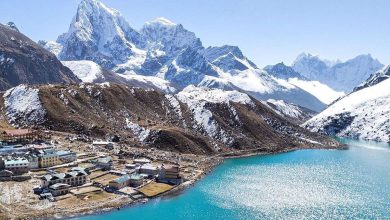Mount Everest Temperature
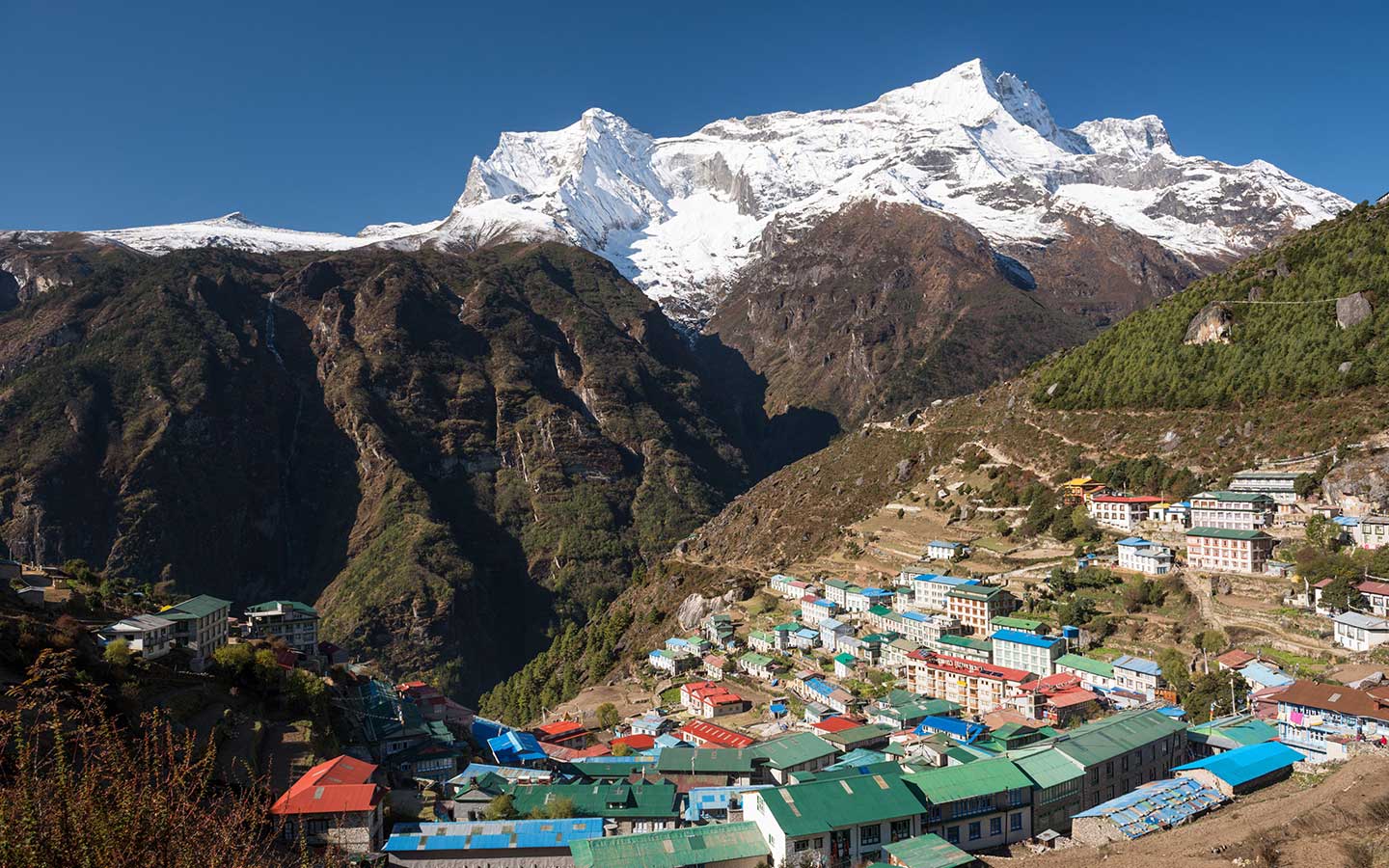
Mount Everest’s peak has a freezing environment that is unsuitable for wildlife. Unpredictable temperatures and storms are quite common in the Everest region. Even the warmest temperature on the top of the summit averages around -19 degrees Celsius (-2 degrees Fahrenheit) in July.
Similarly, the temperature averages around -36 degrees Celsius (-33 degrees Fahrenheit) in January. Besides that, the altitude of the summit also touches the lower limit of the jet stream. Thus, climbers can experience harsh winds that exceed 100 miles (160 km) per hour. There is also a risk of getting blown off the summit due to the sustained constant winds.
Moreover, the precipitation and the snowfall in the summer monsoon season (June to August) is quite high. Hence, the risk of frostbite is quite high in the Everest region. Even in the Spring season (March, April, and May), the nighttime temperatures are chilly. Storms are unpredictable, and the temperatures drop significantly.
Furthermore, the hurricane-force winds can go past 285 km/h (177 mph) during the south hitting the jet stream. The climbing season of Mount Everest starts from March to May as the hurricane-force winds and wind chill less in comparison. From December to January, the temperatures of Everest Base Camp average -17 degrees Celsius (1.4 degrees Fahrenheit) and the summit averages around -37 degrees Celsius (-35 degrees Fahrenheit).
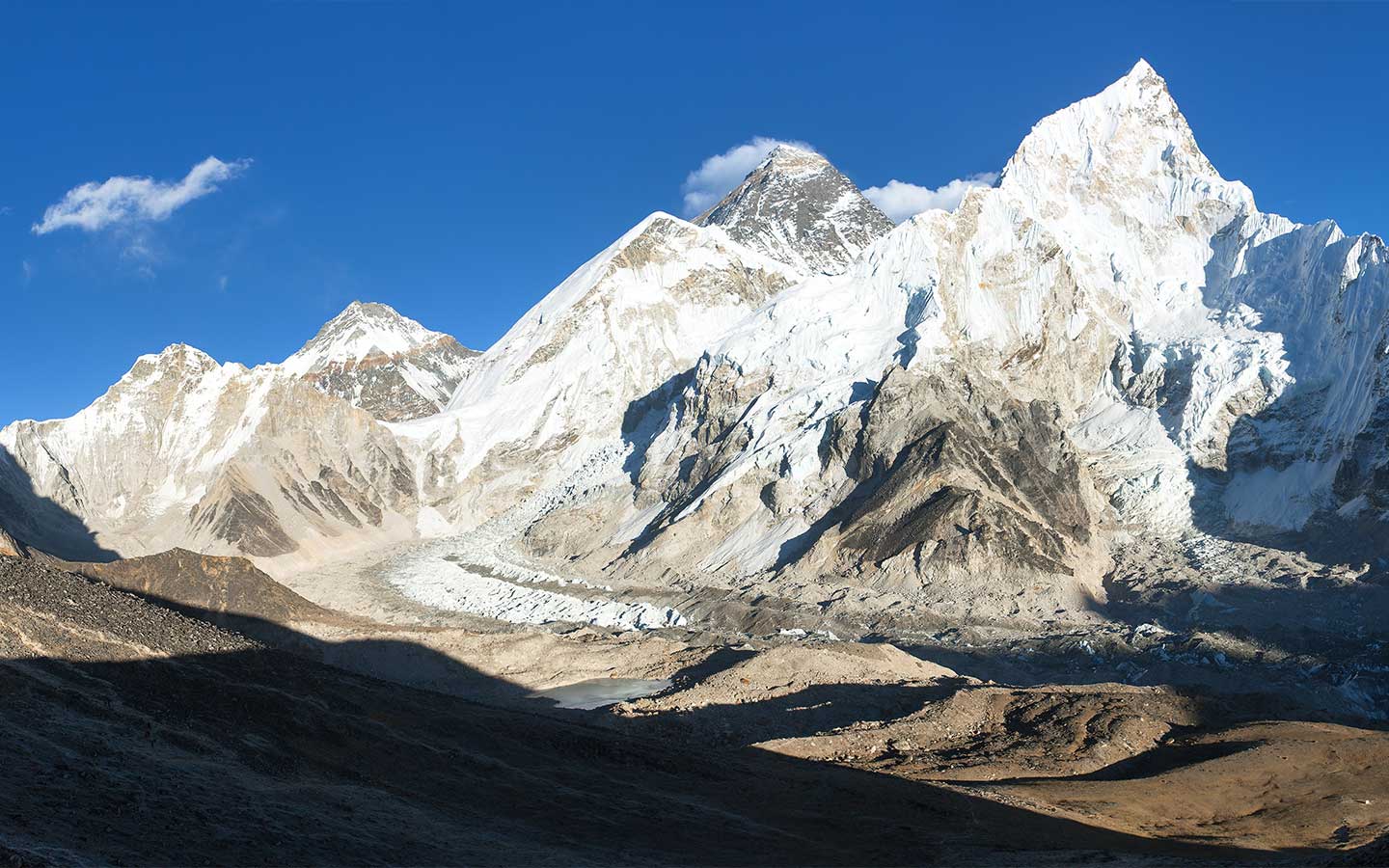
Summer – Monsoon
The Indian Monsoon clouds affect the region from June to September. You will get heavy rainfall, moisture and clouds in the region. June and September is an off-season for trekking and climbing on Everest. The temperature on the top of the summit averages around −19 degrees Celsius (−2 degrees Fahrenheit) in July.
Moreover, the conditions are hot and humid in the summer – monsoon season. The clouds cover Everest and darken the other peaks of the region. Hence, it is not an ideal time to trek the region.
Spring
The Spring months from March to May is an ideal time for trekking in the Everest region. There are stable weather conditions with minimal rainfall and warm temperatures. Hundreds of climbers use this small window to climb the majestic mountain peak and record their name in the history books.
Winter
Winter (November to February) brings freezing temperatures in the Everest region. There are harsh winds, cold temperatures and heavy snowfall caused by the northern hemisphere jet stream’s southern migration.
Moreover, the offseason treks in the Winter season are challenging but quite adventurous. The temperatures average around -36 degrees Celsius (-33 degrees Fahrenheit) and can hit as low as -60 degrees Celsius (-76 degrees Fahrenheit) in the coldest month of January.
Autumn
Autumn (September to November) is a post-monsoon period in the region with warmer temperatures in the area. The stable weather conditions and less rainfall is the highlight of the trek of the region.
Overall, Mount Everest’s temperature remains below freezing temperatures all around the year. The month of January is the coldest whereas July is the warmest. You can select the best time for your climbing and trekking adventures based on your desire and requirements.
Few related trips you may like:
